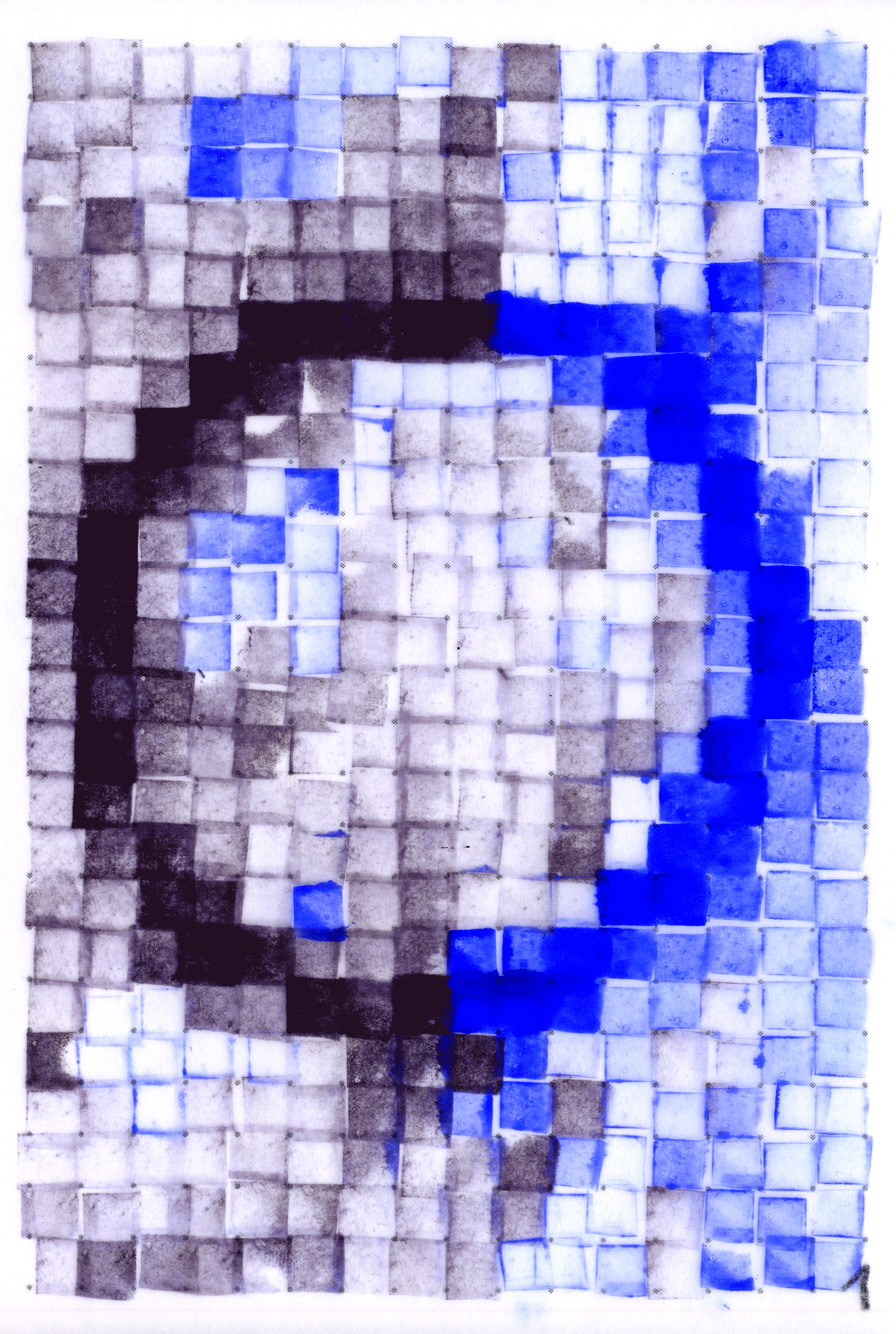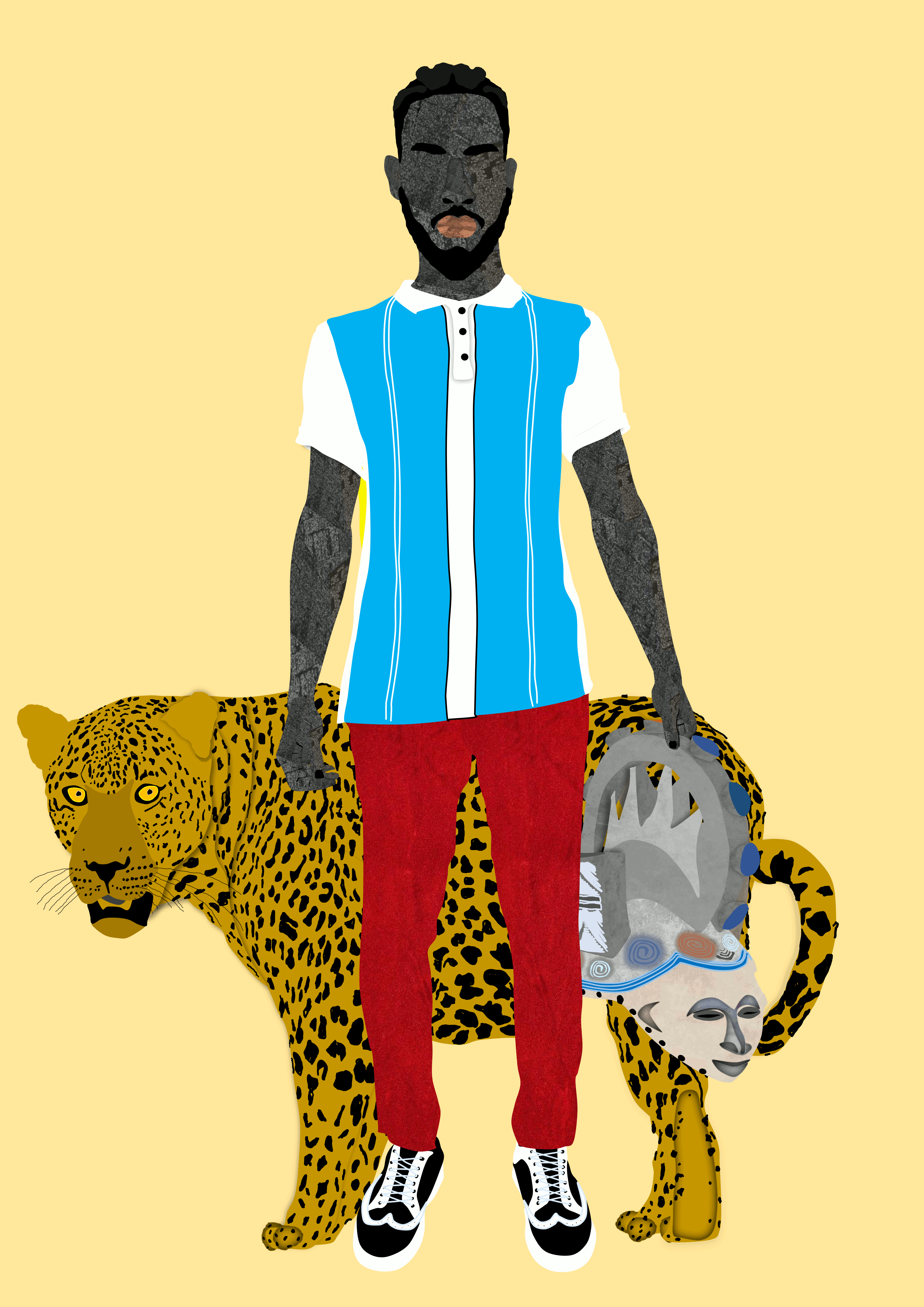SuperRare Labs Senior Curator An interviews ALIENQUEEN about psychedelics, death, and her journey in the NFT space.

Top 10 picks by Paloma
An award-winning mixed media artist, this week’s SuperRare Guest Curator is Coldie, whose stereoscopic 3D art has been featured in national-juried art exhibitions, major cryptocurrency events, and live auctions.
In 2021, SuperRare spent a weekend with Coldie discussing the early days of NFTs, psychedelics and gold panning. Read the full story, “Dive bars, night stars, and DMT: A weekend with Coldie.”
The subtle emotions and spot color of the flower give strength. When all else seems to be the same. Look for subtle nuances. This piece is so mellow and intoxicating at the same time.

Energy is exuding from this piece. The Material Girl is pulsating, almost throbbing if you will. The custom type design is tasty and as it flashes in front of me I want to eat it. True to their known style, Moxarra brings high contrast and high concept together in a way that feels totally retro but totally current for today’s non-fungible reality.
Making sense out of chaos is what our toxified human brains love trying to do. This piece gives me good feels because I know that if I were to take one of those dots out of the design, it will all come crashing down like a game of Kerplunk. The perfect chaos is perfect chaos. The shredded lines remind me there are all kinds of crazy out there, it just takes on different forms.
I wanted the lights of the tall building in the background. To change. At first, they didn’t, so I waited. Then, they did. And then another. But did it change or was I just thinking it changed. Have I been watching this loop for an hour mesmerized? What time is it? Once again, sucked into a Mad Dog.
Feeling some Magruitte vibes on this one. Pretty clouds, but in a rectangle box. A freaking eyeball on the ground. A healthy dose of gold. And the pyramid. I feel like I shouldn’t be looking directly at it, but I am. I’m in love.
Thrown into the dystopian reality that is probably already here, this piece gives the feeling that I need to go out and hug some trees today. The glitch with the warning signs is epic. The Oak Tree sign is epic. Trees do not get enough appreciation and once you see where our reality is going, dammit. We gotta save dem trees.
I’m feeling the instant art on this one, but also the cubism is working. The type word bubble really gives the figure context and pokes fun at itself. This is a visual example of winning.
The texture master is back again. Mattia animated is the taste I enjoy, even before my first cup of coffee. The way the distress lingers and goes away then re-emerges makes me feel at ease. A visual representation of the mind.
The soundtrack of this piece is banging, cuz it’s Eclectic Method. The visuals are banging, cuz they are XCOPY. The combination is the bliss we all needed in 2021 and looking back on it after a year, it’s aged quite well. This makes me want to rip off the mask and go outside.
You had me at the 3D Glasses. You had me at the Pindar robot painting. Together it is a masterpiece. I love the way the paint runs, especially around the eyes. Once again in love with another Pindar piece. The style and vibe are always so on point.
Tech



Out of the Vault and onto the Chain: the Evolving Nature of Provenance
SuperRare editor Oli Scialdone considers the social experience of provenance and its relationship with community in the Web3 space.
Curators' Choice








Curated Conversations: ALIENQUEEN
SuperRare Labs Senior Curator An interviews ALIENQUEEN about psychedelics, death, and her journey in the NFT space.

























